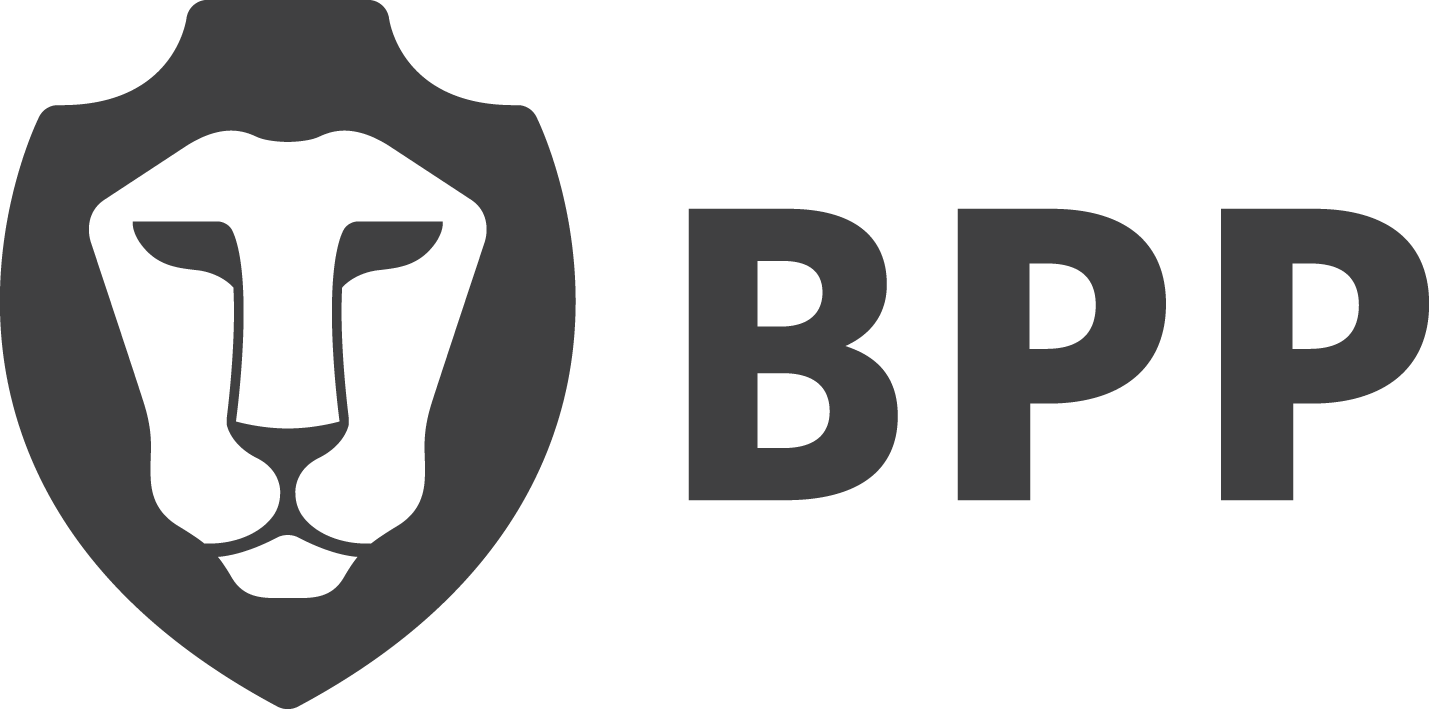In 2020, chief financial officers slashed budgets across the board, including an average of 5% to HR. More cost cuts are predicted to follow in 2021 – of over 5% in some cases.
Simultaneously, six in ten workers and managers say that the pandemic increased their need to build new skills.
L&D leaders now find themselves in a tricky situation. There is a clear need (and demand) for upskilling but fewer resources to commit to it. Due to this, L&D needs to become laser-focused on the learning opportunities that create the best results for their organisation and make the most of resources.
Using learning and skills data
The first step relies on data. Data on workforce skills (existing and needed) will help leaders prioritise their opportunities based on what skills are essential to fulfilling the business strategy and what skills are endangered.
This data is highly variable and influenced by an individual’s role, industry, and country. For example, globally the top ten skills we ranked as endangered in 2021 are:
- Advanced IT
- Leadership
- Communication and negotiation
- Entrepreneurship and initiative-taking
- Project management
- Creativity
- Advanced data analysis and mathematics
- Critical thinking and decision-making
- Adaptability and continuous learning
- Technology design and engineering
Yet, in the UK, there is a greater emphasis on project management instead of communication, for example.
In France, creativity is the third most endangered skill, and in the US, this is replaced with advanced data analysis.
By sector, healthcare is prioritising people management skills, whereas financial services need more critical thinking, and retailers are seeking greater creativity.
Learning system data will also prove useful in ascertaining what content engages the most learners and the times when people choose to learn.
Tailoring your learning opportunities to different learning styles will stop people from disengaging from your L&D programme. This will prevent resources from being wasted.
Making learning actionable
A further step comes in linking your learning opportunities with the business strategy. This helps L&D to add value to the bottom line. It also makes it easier to gain c-suite buy-in in the future.
A key part of this is making sure learning is actionable. Workers must have opportunities to apply their learning to real-world situations. This doesn’t have to be part of their normal role – it can come through stretch assignments, redeployments, volunteering, and teaching others. Plus, having such opportunities makes it less that people will forget what they’ve learned thanks to reinforcement.
Adapting to change
Your L&D strategy will have to constantly evolve this year, in response to changing economic, market, social and individual needs.
An annual review is not enough to navigate this ever-changing time. You will have to find processes and tools to immediately gauge what skills your people need today, what’s needed tomorrow, and what can wait for now.
Immediate actions
Some of these tactics will be a long-term endeavour, like collecting and analysing skills data. But there are immediate processes you can implement this week, like considering your learning content – what works and what can be cut.
It’s also worth opening up dialogue with your people, to understand their upskilling desires and how the organisation can support. Crucially, this will help you uncover the sweet spot between what skills people want to learn and what skills the business needs to succeed in 2021.
Sarah Danzl is head of global communications and client advocacy at Degreed









